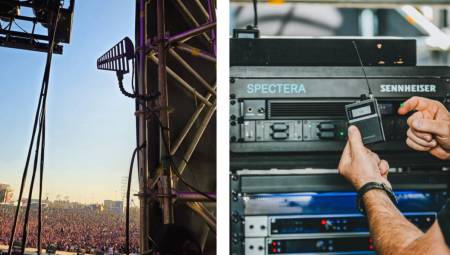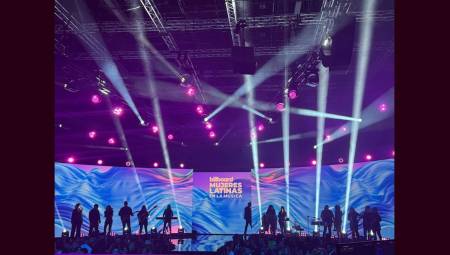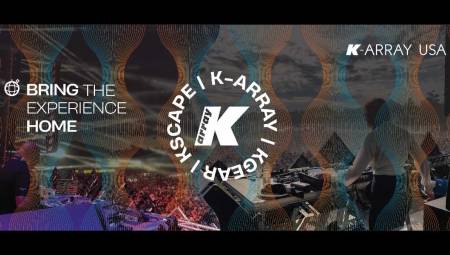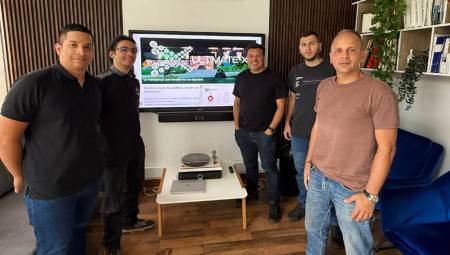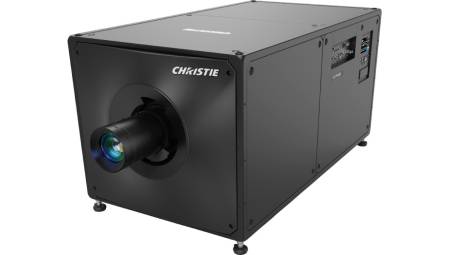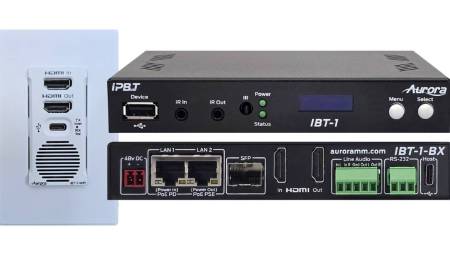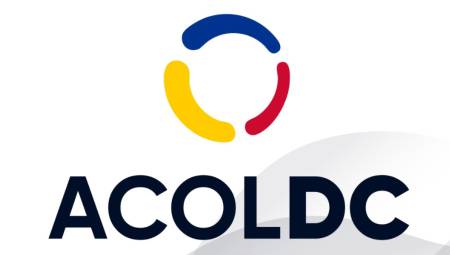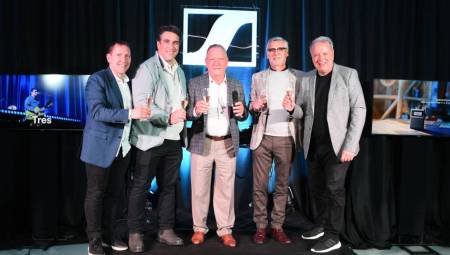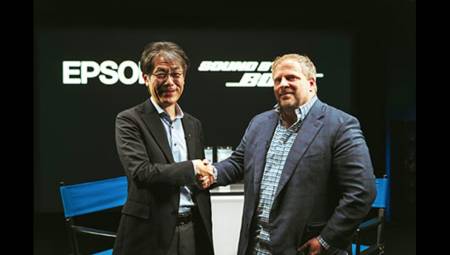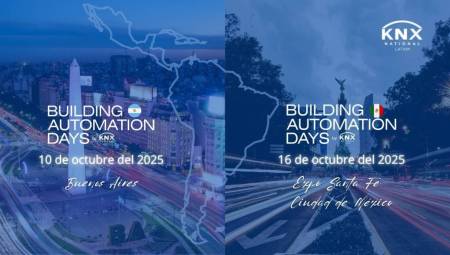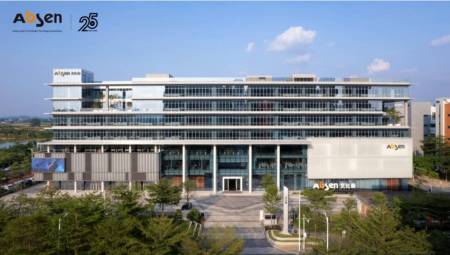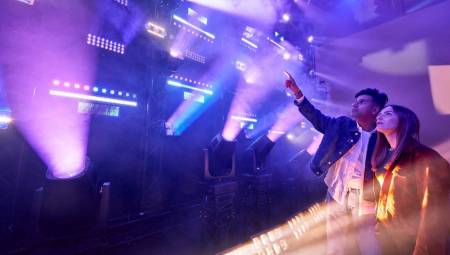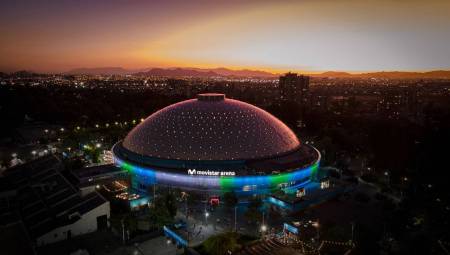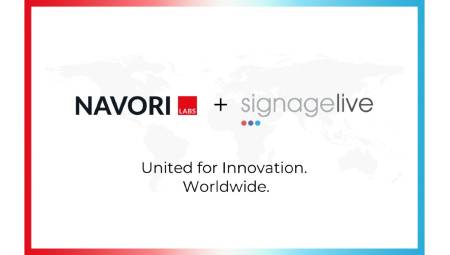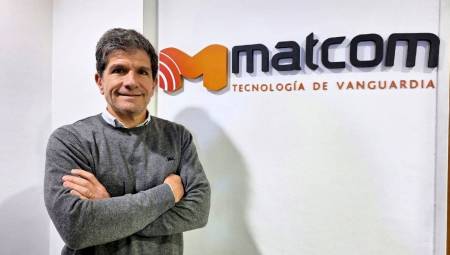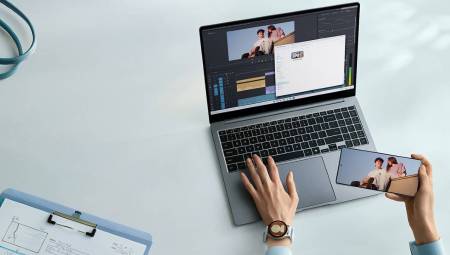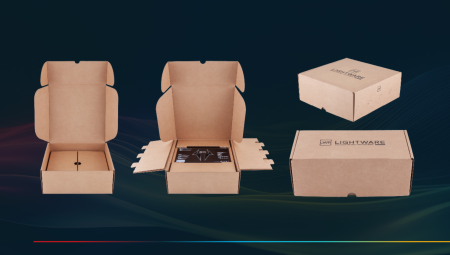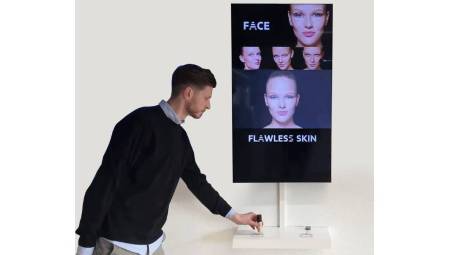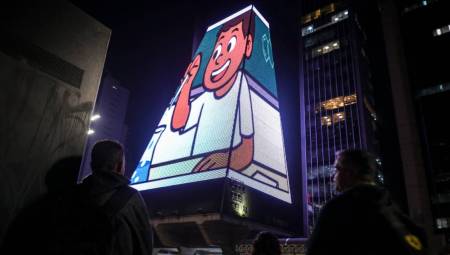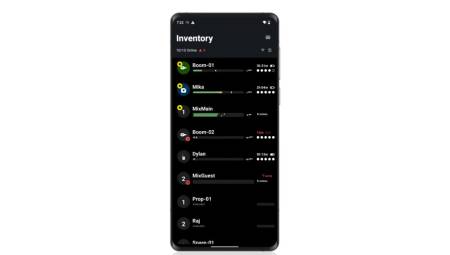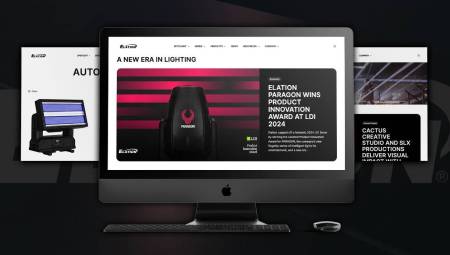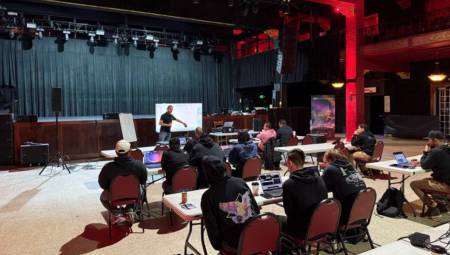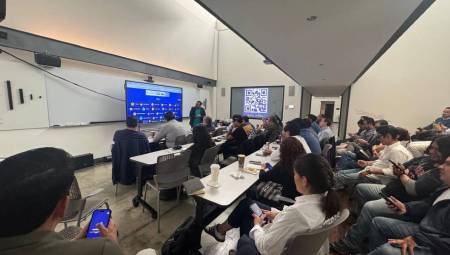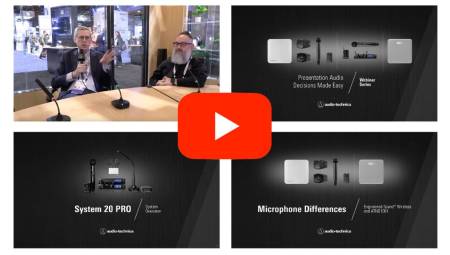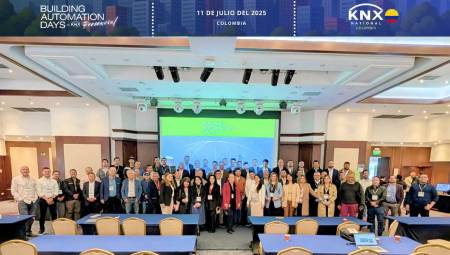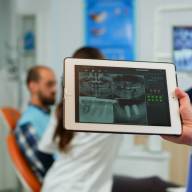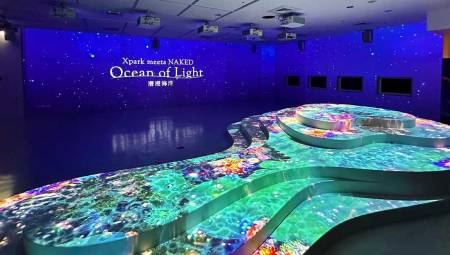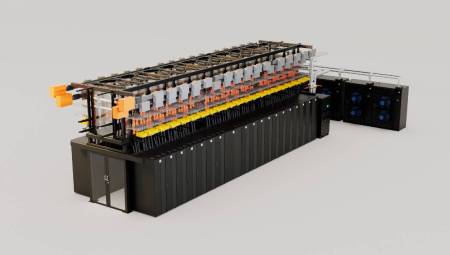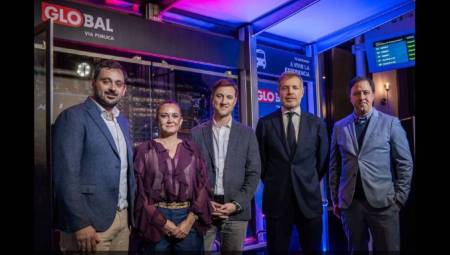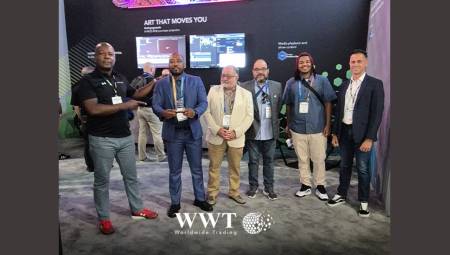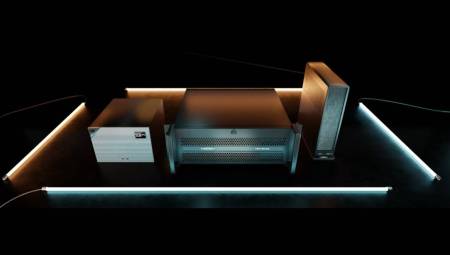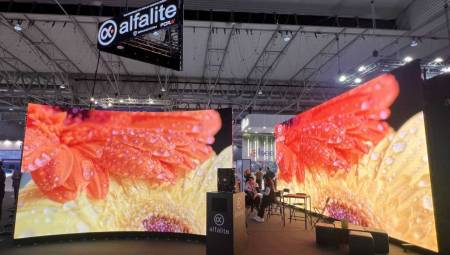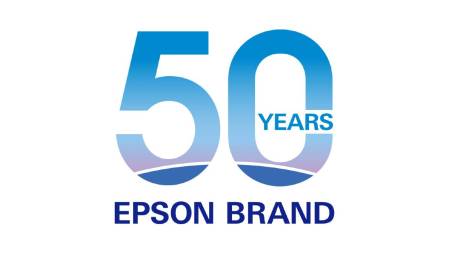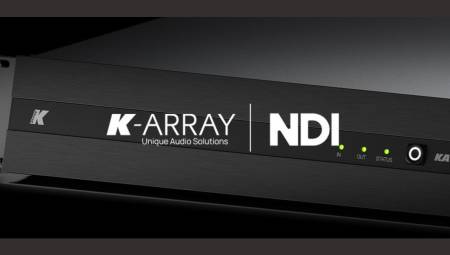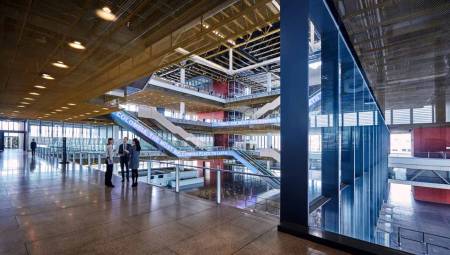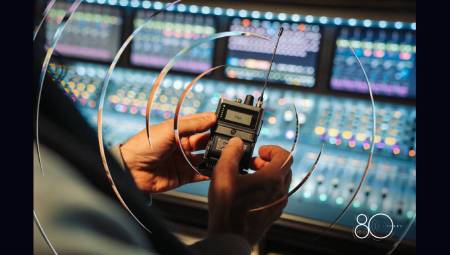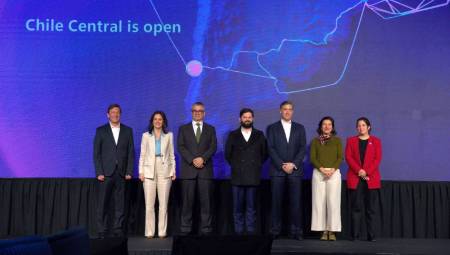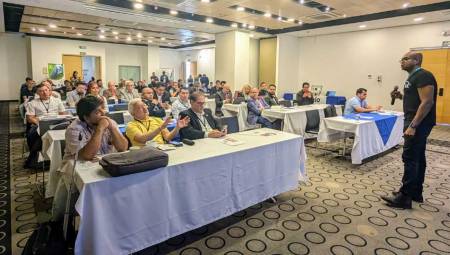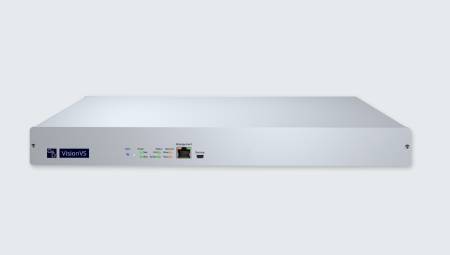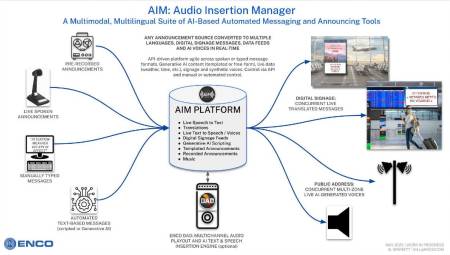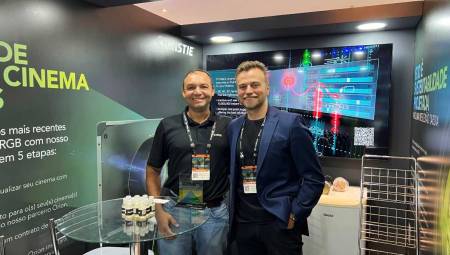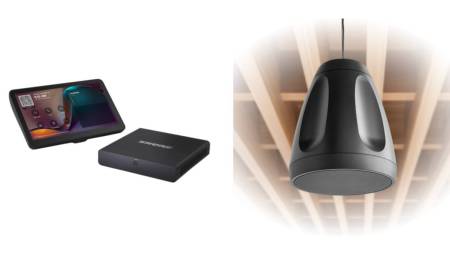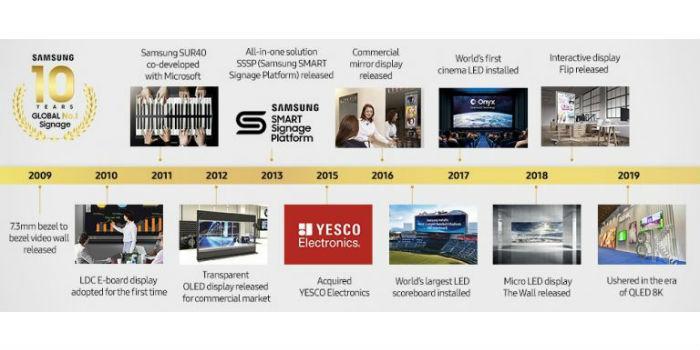 Latin America. The signage industry started with simple outdoor screens for advertising. Today, in the modern digital age, it has evolved into a comprehensive communication platform that is used on a daily basis for various business functions and to provide information in public places.
Latin America. The signage industry started with simple outdoor screens for advertising. Today, in the modern digital age, it has evolved into a comprehensive communication platform that is used on a daily basis for various business functions and to provide information in public places.
Samsung Electronics has been at the forefront of this evolution of digital signage, leading the market for ten consecutive years and driving the industry through a series of technological transformations. Samsung has overcome many challenges along the way and introduced new and innovative products year after year.
In this regard, Juan Caride, Visual Display Director of Samsung Argentina, says: "It is proven that digital signage increases brand recognition by 48% and sales volume by 32%. At Samsung we innovate in digital signage so that our customers can make these results effective with an effective impact on their consumers. Constant innovation is what has strengthened our leadership over the past decade."
In this line, below is an evolution of smart digital signage in the last decade and the path it has traveled to this day.
Debut at an airport
"What is the need to install large screens or digital signage indoors just to display information? And why is it different or better than a TV screen?" These were the most frequently asked questions sungtae Lee in the early 2000s when digital signage appeared. Lee was one of the pioneers in designing commercial signage products in samsung Electronics' Visual Display business unit.
In many conversations, before explaining how Samsung's products are different from others, he had to present the value proposition of digital signage and the different ways of using the products: "We were sure that digital signage would significantly change the way people communicate. But it wasn't accepted as easily as we had thought," Lee said.
In 2018, Samsung Electronics installed the world's largest LED signage, occupying 1012 square meters, at Istanbul International Airport.
Impressions were changing as digital signage began to create new markets with new technologies. For Samsung, this opportunity began at airports, according to Lee.
An airport is a huge, complex structure that requires the processing of significant amounts of information in real time, from check-in counters to baggage claims. Naturally, digital signage products and solutions were inevitable. "By offering our proprietary software, Samsung pioneered the introduction of a Flight Information Display System (FIDS) that was designed to process videos remotely and deliver information over 24-hour data networks. This implementation paved the way for Samsung's SMART Signage," Lee said.
In the early 2000s, Samsung introduced its 32-inch LCD signage. Compared to the 110-inch LCD signage, introduced in 2014, the size of Samsung's digital signage has increased 3.4 times in a decade.
It is also thinner. Samsung's 4K signage, introduced in 2019, is 49.7mm thick. Compared to the first model, which had 109mm, the thickness of Samsung's digital signage was reduced by less than half thanks to the company's extensive research and ongoing efforts.
In addition, the places to install digital signage vary between airports and interiors of buildings, offices, clothing stores, bus stops, subway stations and large outdoor advertising posters.
By expanding into different spaces, Samsung's digital signage required technologies that addressed the challenges presented by different environmental factors, such as temperature, humidity and heat, such as UV rays and infrared rays.
Samsung's smart signage, bigger and brighter, leads the trend
Samsung has demonstrated its innovative leadership in the digital signage industry, most notably with the installation of a large-scale LED display at the COEX Shopping Mall in Seoul in March 2018. Connecting two walls by a single continuous screen with curved corners. It is composed of approximately 31,000 LED modules attached to 10 mm of each other, demonstrating an impressive level of accuracy. This product is a perfect example to showcase Samsung's expertise and leadership in the digital signage industry.
"We incorporated an optimized waterproof solution in each connector part of the display for maximum durability. Our proprietary image quality processing technology allows it to display vivid colors over a long period of time," said Seungjae Soh of visual display's Strategy Team.
In addition, by acquiring YESCO Electronics in 2015, a company that specializes in commercial LED displays, Samsung has consolidated its leadership in this market.
Retail premises have also presented opportunities for Samsung. Because outdoor signage is used to attract consumers, it should immediately grab their attention, demonstrating the importance of vivid and vibrant colors.
To meet those needs, Samsung revealed a line of two-sided high-brightness signage1 has been well accepted in retail stores and Quick Service Restaurants (QSR), as it supports up to 3000 nits for outdoor displays and 1000 nits for indoor displays. Also, the last two-sided screen of 85 "can be installed in bus stops to display advertising, aimed at people who travel to go to work and for people who pass through that place.
In an industry that is always evolving, one of the latest trends is 8K QLED signage. Samsung is also leading this innovation, as it was the first company to introduce an 82" ultra-high resolution 8K signage product, taking a further step in signage innovation. In addition, the AI-powered Quantum processor allows any video – regardless of resolution – to be converted to 8K resolution, and thus provide a truly vivid expression of colors.
"There is a great need for our 8K signage by retail stores that want to display vivid images. Thanks to our AI enhancement technology, which converts any content to 8K regardless of the original resolution, it makes our 8K signage very well accepted by consumers. Just as we did last decade, we will always continue to provide industry-leading products and services," said Seog-gi Kim, executive vice president of the Enterprise team, Samsung Electronics.






